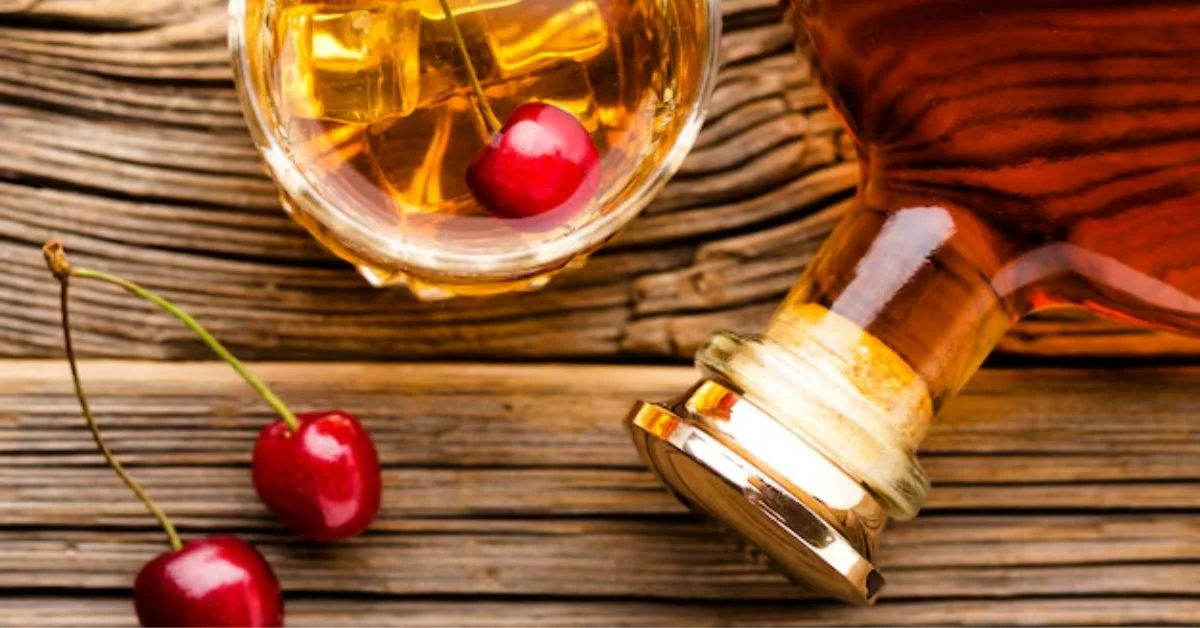When it comes to whisky, few names resonate as powerfully as Johnnie Walker. Among its esteemed line-up, Red Label stands out for its bold character and rich history. Whether you’re a seasoned connoisseur or just dipping your toes into the world of spirits, this blend promises an experience that captivates the senses.
Red Label isn’t just a drink; it’s an invitation to explore unique flavors and aromas that tell a story with each sip. With roots tracing back to 1820, Johnnie Walker has mastered the art of blending, and Red Label is no exception. It’s designed for those who appreciate adventure in every glass.
As we delve deeper into what makes Red Label so special, get ready to uncover tasting notes that excite the palate and discover cocktail ideas that elevate any gathering. Join us on this flavorful journey through one of whisky’s iconic labels!
Product Details and Variants
Johnnie Walker Red Label is a blend that stands out in the world of whisky. First introduced in 1909, it was crafted to deliver an approachable yet bold flavor experience. This iconic spirit has become a staple for both novices and seasoned whisky drinkers alike.
The blend consists of grain and malt whiskies sourced from various distilleries across Scotland. Each component brings its unique character, resulting in a harmonious fusion that defines Red Label’s personality. The versatility of this whisky makes it suitable for sipping neat or mixing into cocktails.
One of the most appealing features is its availability in different bottle sizes. From the standard 750ml bottle to larger options like 1L and even miniatures, there’s something for everyone. This variety allows consumers to choose based on their occasion or preference.
In addition to the classic Red Label variant, Johnnie Walker offers other labels that cater to diverse tastes as well. For instance, Black Label provides a more complex profile with deeper flavors, while Green Label focuses on single malts combined expertly within the blend.
Each variant carries with it Johnnie Walker’s commitment to quality and craftsmanship. Whether you’re new to whisky or have been enjoying spirits for years, there’s always something exciting about exploring what each label has to offer within this renowned range.
Tasting Notes and Flavor Profile
Red Label whisky is a vibrant blend that captivates the palate with its bold character. The first sip reveals a delightful burst of spice, showcasing hints of black pepper and cinnamon. This initial warmth sets the stage for an exciting tasting journey.
As the flavors unfold, you’ll notice subtle undertones of fruitiness. Notes of citrus dance alongside sweet apples, bringing a refreshing contrast to the spicier elements. It’s this balance that makes Red Label truly special.
The oak influence adds depth to the profile as well. Aged in oak casks, it imparts rich vanilla and caramel notes that linger on your taste buds, creating a smooth finish that’s hard to resist. These layers invite you to explore more with each sip.
A hint of smoke rounds out the experience beautifully—just enough to evoke memories of campfires and cozy gatherings without overpowering those fruity and spicy characteristics.
This multifaceted flavor profile makes Red Label exceptionally versatile for various occasions. Whether enjoyed neat or mixed into cocktails, every sip offers something new waiting to be discovered.
Customer Reviews and Reception
Johnnie Walker Red Label has garnered a diverse range of reviews from whisky enthusiasts and casual drinkers alike. Many customers appreciate its bold character, often highlighting it as an excellent choice for those new to the world of blended whiskies. The vibrant flavor profile is frequently noted, making it a popular pick at bars and gatherings.
Some fans rave about its versatility, citing how well it works neat or on the rocks. Others enjoy mixing it into cocktails, praising its ability to hold up against other ingredients without losing its distinctiveness. This adaptability seems to resonate with many who seek both enjoyment and convenience in their choices.
However, not all feedback is glowing. A few critics mention that while Red Label offers accessibility and robust flavors, they feel it lacks some complexity compared to higher-end offerings from Johnnie Walker’s portfolio. For these consumers, the whisky might be viewed more as an entry-level option rather than a connoisseur’s choice.
Despite mixed opinions on depth and complexity, there’s no denying that Red Label maintains strong popularity worldwide. Its affordability makes it attractive for those exploring different blends without breaking the bank.
The overall reception indicates that Johnnie Walker Red Label remains a staple for social occasions and casual sipping alike—an enduring presence in homes and establishments around the globe.
Pairing and Cocktail Ideas
Red Label whisky is a versatile spirit, perfect for both sipping neat and mixing in cocktails. Its bold character allows it to shine in various drink combinations. Whether you are hosting a gathering or enjoying a quiet evening, the right pairings can elevate your experience.
For an easy yet delightful cocktail, try the classic Whisky Sour. Mix two parts Red Label with one part fresh lemon juice and half a part simple syrup. Shake well with ice and strain into an old-fashioned glass for a refreshing twist that balances sweetness and tartness beautifully.
If you’re feeling adventurous, explore the smoky flavors of Red Label by crafting a Rob Roy. Combine equal parts of Red Label and sweet vermouth over ice, then add a dash of Angostura bitters. Stir gently before garnishing with a cherry or zesting some orange peel atop—an elegant drink that perfectly complements its robust profile.
Pairing food with this whisky adds another layer to your tasting journey. It goes exceptionally well with grilled meats like steak or BBQ ribs due to its rich flavor notes. For something lighter, consider smoked salmon on rye bread; the combination brings out intricate smokiness without overpowering each other.
Don’t overlook dessert pairings! A dark chocolate mousse contrasts wonderfully against Red Label’s spiced undertones, creating an indulgent finish after dinner that will leave taste buds craving more.
Conclusion
Johnnie Walker Red Label stands as a symbol of vibrancy and versatility in the whisky world. Its well-crafted blend offers a striking balance between bold flavors and smoothness, making it appealing to both casual drinkers and seasoned enthusiasts alike.
As you explore its flavor profile, you’ll discover layers of spice, fruitiness, and smokiness that tantalize the palate. The feedback from customers echoes this sentiment; many appreciate the rich taste at an accessible price point.
Red Label is not just for sipping neat or on the rocks—it inspires creativity in cocktail-making too. Whether it’s paired with ginger ale or mixed into classic cocktails like a Whisky Sour, there’s no shortage of ways to enjoy this whisky.
The unique characteristics of Johnnie Walker Red Label make it more than just another spirit on your shelf; it’s an experience waiting to be savored. So next time you’re considering what to pour in your glass or mix into your favorite cocktail, remember that Red Label brings something special every time you reach for it.









